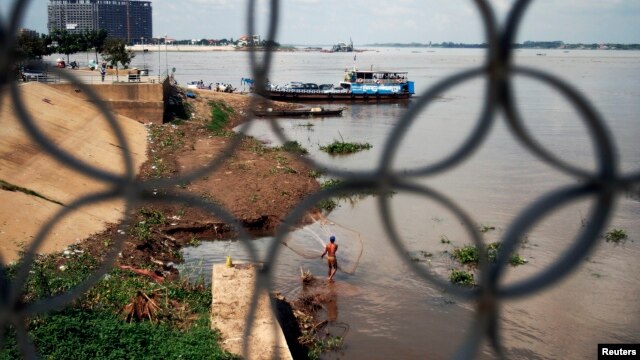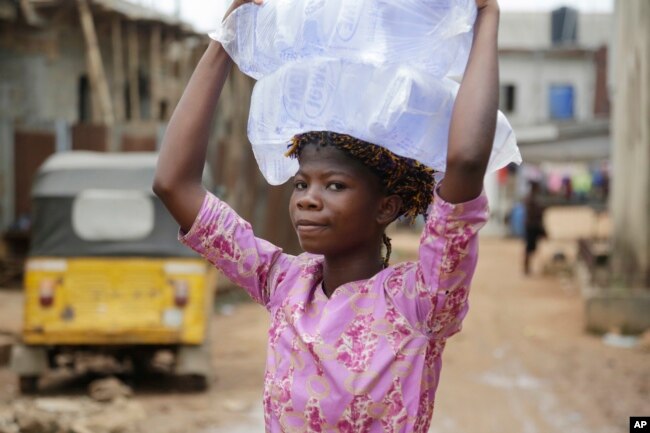waltky
Wise ol' monkey
Water war in Asia points to China...

Water wars? Thirsty, energy-short China stirs fear
4/17/2011 - Remapping of rivers in world's most heavily populated region is happening on a gigantic scale, with potentially strategic implications
Water wars? Thirsty, energy-short China stirs fear
4/17/2011 - Remapping of rivers in world's most heavily populated region is happening on a gigantic scale, with potentially strategic implications
The wall of water raced through narrow Himalayan gorges in northeast India, gathering speed as it raked the banks of towering trees and boulders. When the torrent struck their island in the Brahmaputra river, the villagers remember, it took only moments to obliterate their houses, possessions and livestock. No one knows exactly how the disaster happened, but everyone knows whom to blame: neighboring China.
"We don't trust the Chinese," says fisherman Akshay Sarkar at the resettlement site where he has lived since the 2000 flood. "They gave us no warning. They may do it again." About 500 miles east, in northern Thailand, Chamlong Saengphet stands in the Mekong river, in water that comes only up to her shins. She is collecting edible river weeds from dwindling beds. A neighbor has hung up his fishing nets, his catches now too meager. Using words bordering on curses, they point upstream, toward China.
Blame game
The blame game, voiced in vulnerable river towns and Asian capitals from Pakistan to Vietnam, is rooted in fear that China's accelerating program of damming every major river flowing from the Tibetan plateau will trigger natural disasters, degrade fragile ecologies, divert vital water supplies. A few analysts and environmental advocates even speak of water as a future trigger for war or diplomatic strong-arming, though others strongly doubt it will come to that. Still, the remapping of the water flow in the world's most heavily populated and thirstiest region is happening on a gigantic scale, with potentially strategic implications.
MORE










